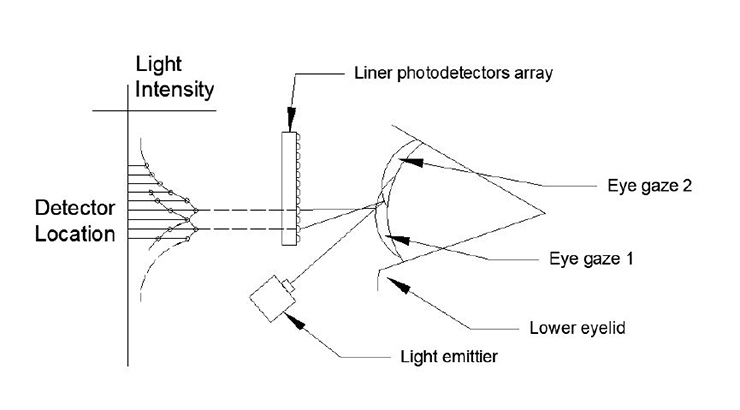Eye-Tracking System Design and Operation
ID# 2018-4855
Technology Summary
The current approach to eye-tracking is based on video oculography, which suffers from the drawbacks of high power consumption, bulky design and low sampling rate, which limits the technology’s use in wearable electronics. The disclosed technology solves these issues using a new eye tracking scheme where the vertical scan is done through photodetectors. The vertical detector reduces power consumption to 50 (MW).
Application & Market Utility
Eye-tracking provides effective human computer interaction in the new era of wearable electronics. It can navigate contents and issue commands in VR headsets. In ophthalmology, eye-tracking glasses can study the patients’ eye movement deficits and diagnose vision impairments such as nystagmus and strabismus. In market data collection, eye trackers register gaze trails of customers. Eye-tracking gear can also be utilized under special working conditions, such as flying an aircraft or working aloft, text or graphic instructions can be navigated without using hands or voice.
Next Steps
Patent pending. Seeking licensing oppotunities.

